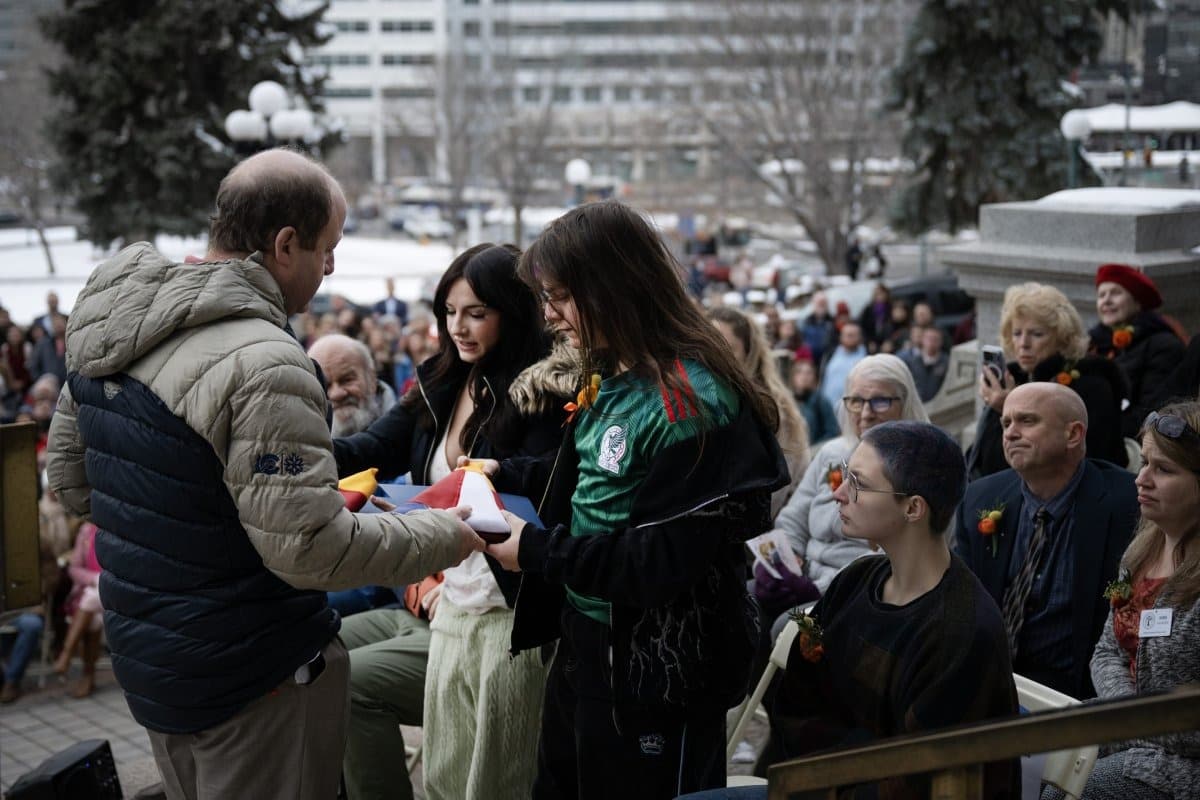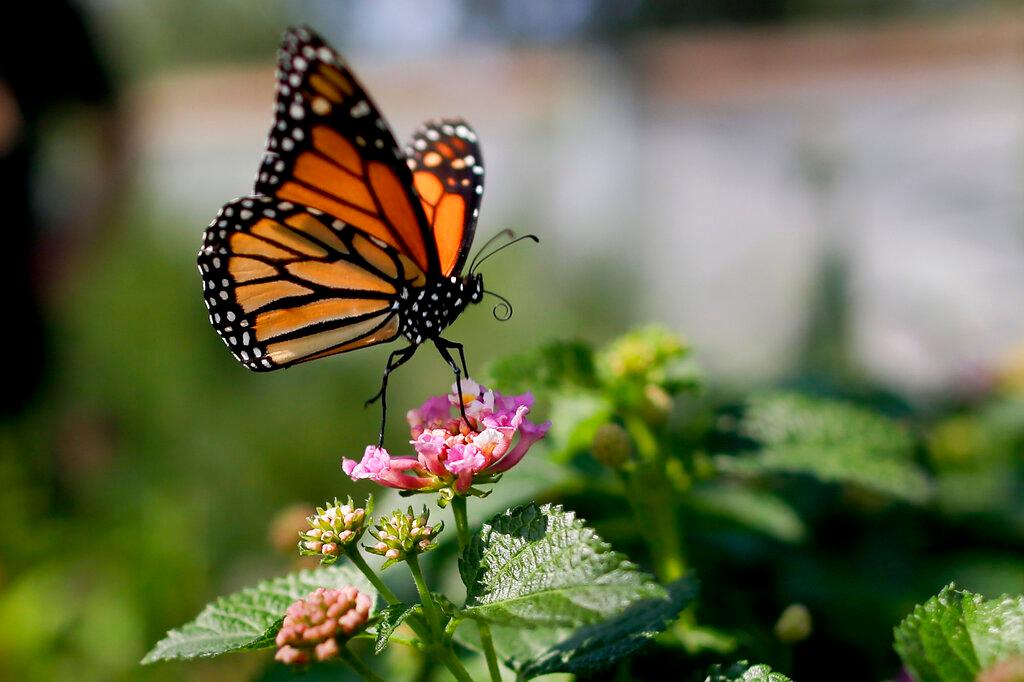
If it feels like there are fewer bugs now than there were decades ago, it’s not just nostalgia. Scientists estimate that, due to factors such as pesticide use, habitat loss, and climate change, as much as 75% of the world’s insect population has vanished over the past 50 years.
Among the species hardest hit is the monarch butterfly, with its vivid orange-and-black wings and one of the most extraordinary migrations in the animal kingdom. This month, eastern Colorado reaches the height of monarch migration season — a critical time for a species in decline.
“Every year, it travels thousands of miles to find refuge in the forests of central Mexico, where they gather by the millions. And just something that I can almost only describe as miraculous and magical,” said Shiran Hershcovich, a biologist at the Butterfly Pavilion in Westminster. This time of year, they fly back north during warmer weather.
But the journey is becoming harder.
“Like many other insects, this is a difficult time to be wildlife,” she said. “The migratory monarch has lost about 80% of its numbers.”
She attributes that largely to a habitat problem. Herschcovich uses an analogy: “Imagine you’re going on a long road trip. You need to get some gas, you need to get your Takis,” she said. “You stop at the first gas station, and it’s closed. You try the next one — also closed. Eventually, you run out of fuel.”
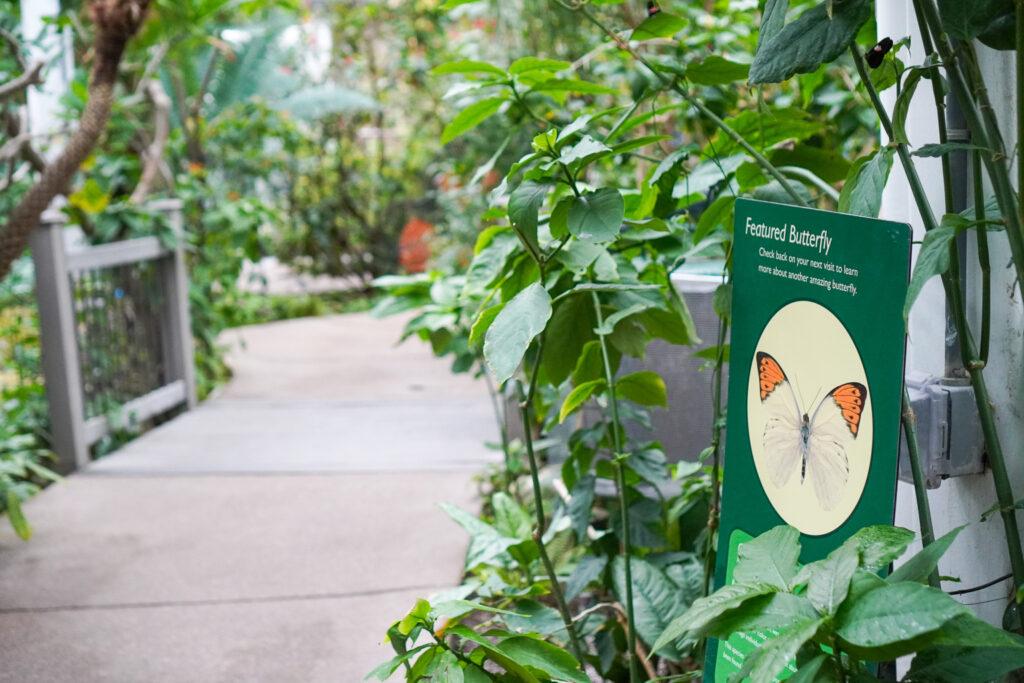
A room full of butterflies
At the Butterfly Pavilion this month, the Wings of the Tropics exhibit offers a striking reminder of what’s at stake if butterflies continue their decline. The space is warm and humid, mimicking the rainforests of Panama or Indonesia. Bright green foliage fills the room with life.

“It does look like you have transported yourself to the middle of the forest of Panama,” said Hershcovich. She points at a large butterfly, it's still clinging on to a leaf, immobilized. “Some of our butterflies are still feeling a little sleepy, as you can see them … stretching out their wings, in their lazy mode this morning.”
The conservatory hosts around 200 species of butterflies every year — nearly the same number as exist in the rest of Colorado. Herschcovich pointed out the different species. Zebra long-wing butterflies in oranges, reds, and blacks floated among the flowers. A postman butterfly, with its orange-striped wings, hovered nearby. On another leaf, an emerald peacock swallowtail fanned out its emerald green wings with shimmering turquoise stripes.
Despite her best efforts, however, she can’t pick out a monarch.
“They’re not really part of the permanent landscape,” Hershcovich said, explaining the absence. Despite their seasonality (or perhaps because of it), the Pavilion treats them with reverence, dedicating an entire month each year to celebrating their epic migration. “We welcome hundreds of monarchs at [the] Butterfly Pavilion for a month-long celebration we call Monarch Magic,” in November.
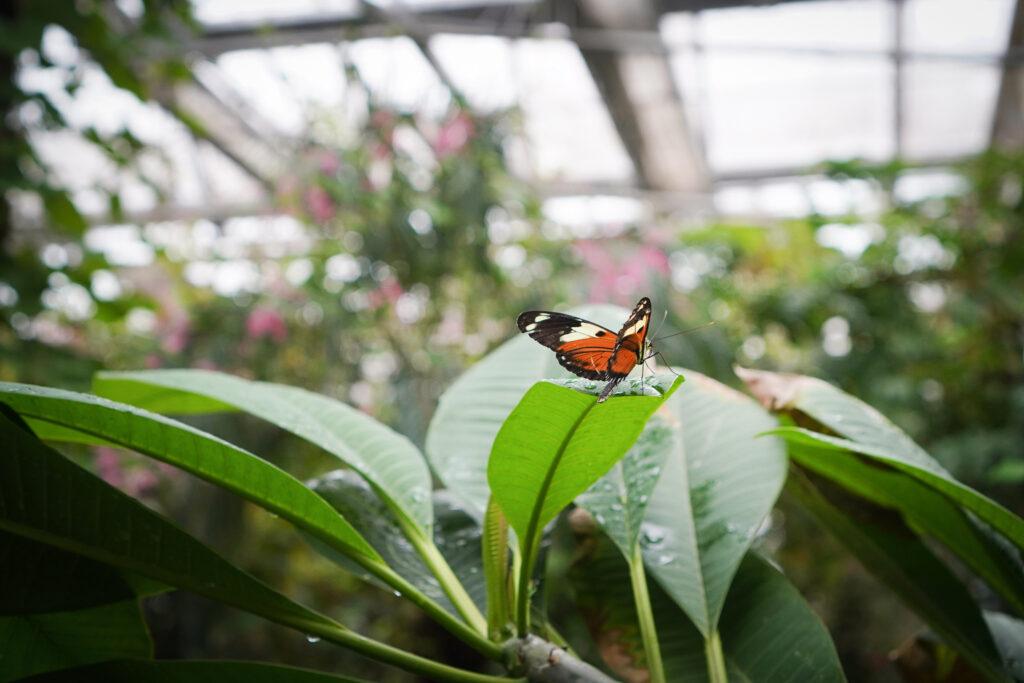
A symbol of the decline for many other species of bugs
The monarch’s stature and its migration are unique, but its struggles are part of a common story. Other insect populations are also in freefall. Hershcovich said bug scientists trade stories about how they no longer run across the insects they saw commonly as kids. “These declines have gone undocumented. But we know they’ve happened,” she said.
However, scientists have tracked the numbers of monarchs for decades, giving a clear view of their collapse — and turning them into ambassadors for the broader crisis facing insects, and even animals in general. “When we say ‘Save the monarchs,’ it's very different than saying ‘Save the tigers.’ You know, what can you do to save the tigers? It might be more abstract. But with the monarch butterfly, they're here, they're visiting our backyard,” she said.
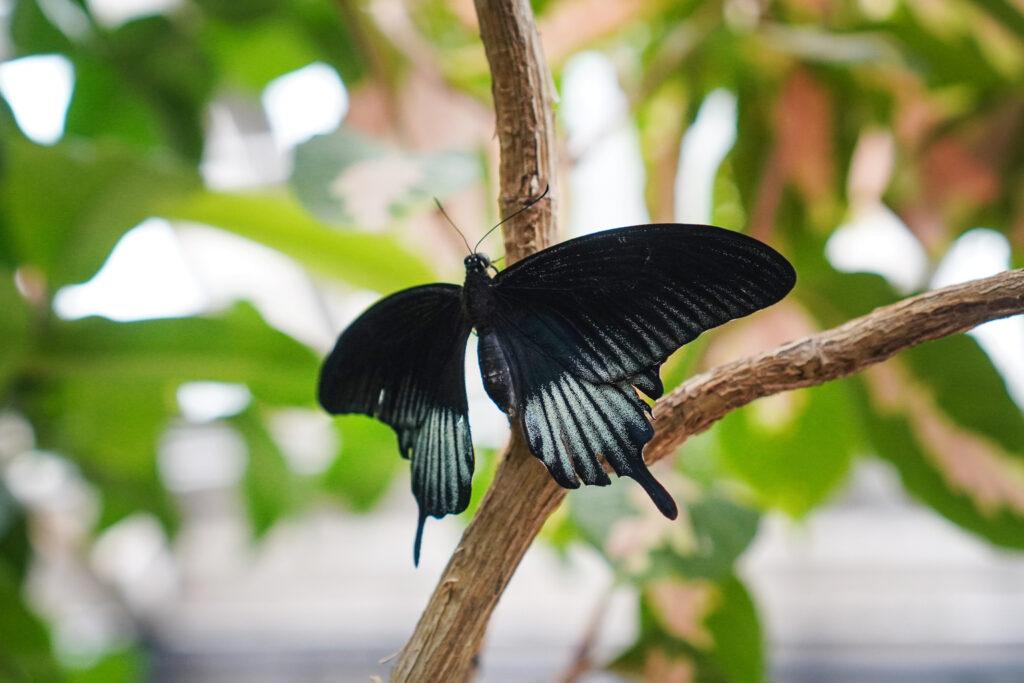
For Coloradans who want to help the monarch butterfly, Herschcovich said, “Give them some Takis,” and “become a gas station for them.” She suggested planting native plants, like milkweed, for their caterpillars to eat. She also encouraged residents to participate in community science by joining butterfly monitoring programs. “Science is really for everybody. It happens everywhere, every day.”
But there is only so much we can do locally, since monarchs also depend on habitats far beyond Colorado. Most critically, their winter habitat hinges on a single species of tree: the Oyamel Fir, which grows in the high mountains of central Mexico.
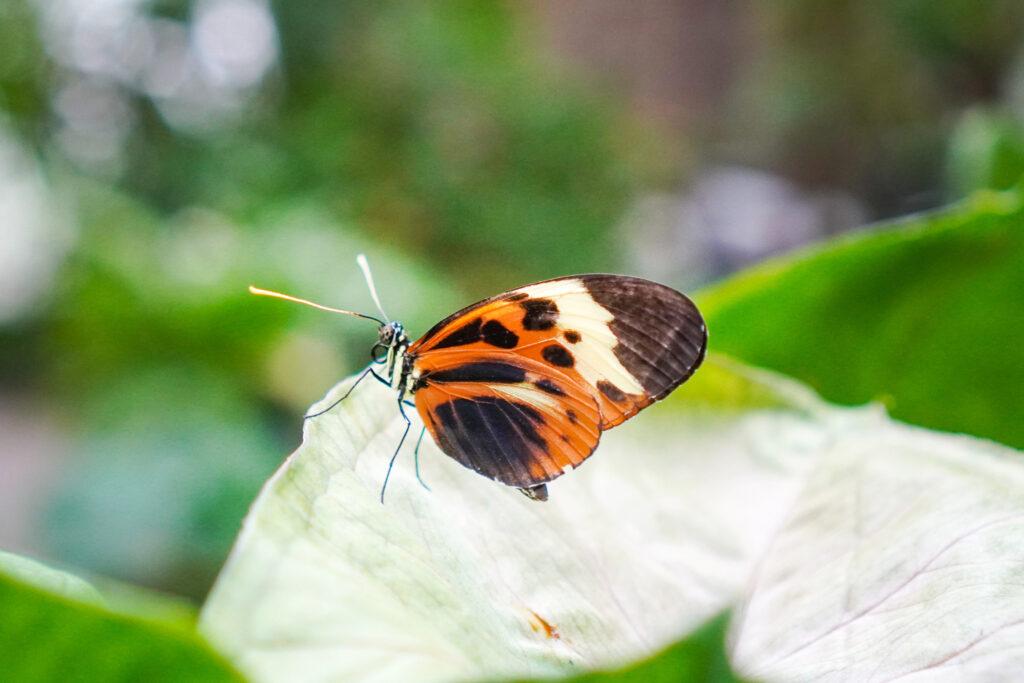
“It’s the only place they go to for the winter,” Hershcovich said. But, “most of the ancestral range of the Oyamel is no longer there.”
To help restore that habitat, the Butterfly Pavilion in Westminster recently launched a partnership with the Mexican government to plant 100,000 new Oyamel trees in the Monarch Butterfly Biosphere Reserve. The goal is to preserve the forests where millions of monarchs cluster together for warmth each winter.
The monarch's journey is personal
Monarch butterflies appear in murals and public art across Colorado, and in political campaigns to support immigrants who make the journey to the U.S.
“I believe the Monarchs have come to embody the migration journey,” said Hershcovich. “As the child of immigrants who are the children of immigrants who are the children of immigrants, I feel like that story always kind of captures my interest and resonates.”
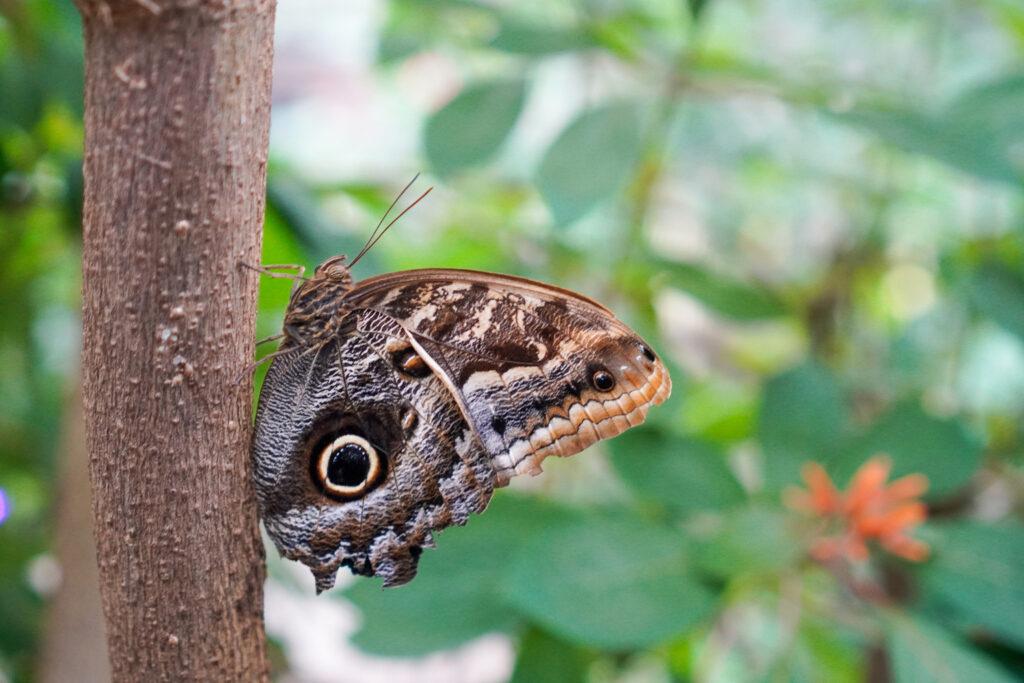
For many, the monarch’s journey mirrors their own, and speaks to the identity they left behind — still waiting for them, generations later.
“Every year, the monarch butterfly returns to the same forest that their great-grandparents once took shelter in, without ever having been there. They don’t even know that this forest is still there, waiting for them.” Hershcovich said, “Should the monarch butterfly go extinct tomorrow … there’s not just an ecological impact, but also one that is more personal — more human.”
Funding for public media is at stake. Stand up and support what you value today.

